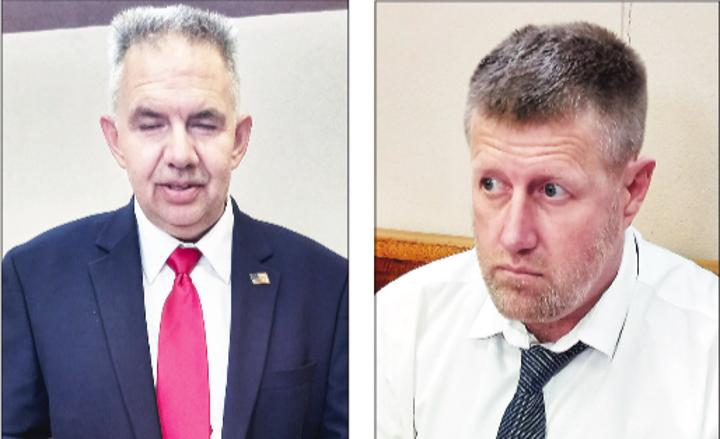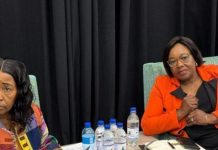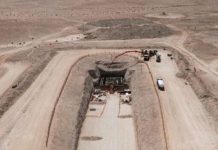Africa-Press – Namibia. IN the ongoing trial of Jandré Dippenaar in the Swakopmund Regional Court this week, concerns were raised by the defence that the methods used by the state’s specialist witness in presenting their evidence were erroneous.
The chief witness for the defence, Stanley Bezuidenhout, a South African motor vehicle accident investigator, says the state’s defence expert, Johan Joubert, is providing “inaccurate and unscientific” evidence.
According to Bezuidenhout, Joubert’s methods are incorrect and violate the international model used by accident reconstruction professionals.
He claimed Joubert changed his methods unscientifically, as reconstructionists rely on training, literature, and specific guidelines.
Dippenaar faces six counts of murder, as well as charges of reckless or negligent driving, and driving without a valid driving licence.
On 29 December 2014, the Toyota FJ Cruiser he was driving, with three passengers (Gobabis resident Dinah Pretorius, and Windhoek residents Charlene Schoombee and JC Horn), collided head-on with a Ford Ranger, which was occupied by a German touring family – Markus Joschko, his wife, Stephanie Joschko, and their daughters Alexandra and Antonia Joschko (then aged 16).
Dippenaar and Antonia are the only survivors of the crash.
Bezuidenhout said the place where the vehicles finally came to a standstill after the accident (which is also sketched for investigations) is determined by all variables before and during the accident.
He said it is unscientific to conclude that a change in one variable would not change everything else.
Bezuidenhout tested evidence sketches provided by Joubert and claimed to have found irregularities, stating that if Joubert had used the correct measurements, the sketches would match, and the outcomes would be reliable.
Bezuidenhout pointed out to the regional magistrate Gaynor Poulton that the vehicles were in different positions and at different angles in different sketches, which is “unnatural”.
This could affect the differences in the point of impact, which is a key element in the matter, he said.
Both sides are trying to prove their client was not in the wrong lane on the day of the incident.
The defence claims the only viable way in which the accident could have taken place was with Dippenaar’s Toyota FJ Cruiser in its own lane (travelling to Henties Bay from Swakopmund), or having already returned to it, and that the Ford Ranger, in which the Joschko family was travelling from Henties Bay to Swakopmund, had moved into the wrong lane, where the vehicles collided.
According to the state’s experts, however, Dippenaar allegedly overtook several cars on a blind rise, before crashing into the Joschkos.
They claim when Dippenaar saw the danger ahead, he attempted to correct himself too late, and that the two vehicles collided near the centre of the road, but in the Joschkos’ lane.
Bezuidenhout referred to at least five variations in the sketches submitted by Joubert, which include the place where the vehicles finally came to a stanstill, and their positions and angles.
“This makes it hard to decide which of the sketched vehicles, positions, angles and lines Joubert prefers when compiling his evidence,” noted Bezuidenhout, and emphasised that there are many variables in the formula used to calculate the outcomes.
He said he was concerned that the technical evidence submitted by the state could cloud the judgement in this case, as the accuracy of the evidence presented is crucial in determining the outcome of the trial.
The matter continues.
Dippenaar is represented by advocate Louis Botes and Petrie Theron, while the state is being represented by advocate Ethel Ndlovu and Faith Nyaungwa.
For More News And Analysis About Namibia Follow Africa-Press






